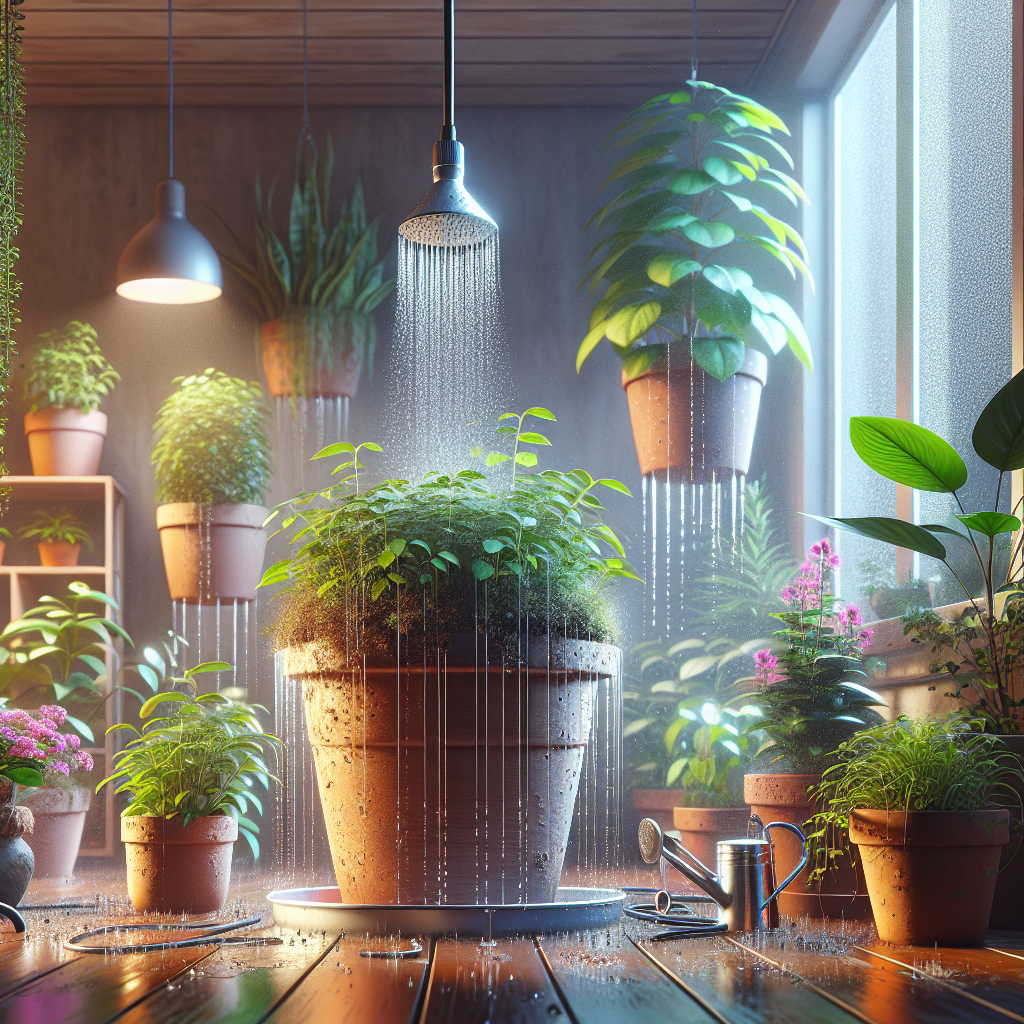Table of Contents
Watering plants can be a tedious task, especially when you have a large number of pots to take care of. Traditional watering methods like using a watering can or hose can be time-consuming and often result in uneven watering. However, there is a solution that can make watering your pots effortless and efficient: the slow drip system. By using a slow drip system, you can ensure that your plants receive a consistent and steady supply of water, promoting healthier growth and reducing the risk of overwatering or underwatering.
In this article, we will explore the benefits of using a slow drip system for your pots, how to set one up, and some tips for maximizing its effectiveness. Whether you are a seasoned gardener looking to simplify your watering routine or a beginner looking for an easy way to keep your plants hydrated, incorporating a slow drip system into your gardening arsenal is sure to make your life easier.
The Benefits of Using a Slow Drip System
One of the main advantages of using a slow drip system for watering your pots is its efficiency. Unlike traditional methods where water is poured directly onto the soil surface, a slow drip system delivers water directly to the roots of the plants at a controlled rate. This ensures that the water is absorbed more effectively and minimizes wastage through evaporation or runoff.
How to Set Up a Slow Drip System
Setting up a slow drip system for your pots is relatively simple and requires only a few basic materials. You will need flexible tubing, drippers or emitters, connectors, and stakes. Begin by cutting the tubing to the desired length and attaching the connectors at each end. Place the tubing in each pot, ensuring that it reaches all areas of the soil. Insert the drippers or emitters into the tubing at strategic points around each pot to deliver water evenly.
Tips for Maximizing Effectiveness
To ensure that your slow drip system works efficiently, it is important to monitor factors such as soil moisture levels and plant requirements regularly. Adjust the flow rate of the drippers as needed based on weather conditions and plant growth stages. Additionally, consider installing a timer on your system to automate watering schedules and prevent overwatering.
FAQ
- Q: Can I use a slow drip system for all types of plants?
A: While slow drip systems are suitable for most potted plants, some may require different watering methods based on their specific needs. - Q: How often should I water with a slow drip system?
A: The frequency of watering will depend on factors such as plant type, soil type, weather conditions, and pot size. Monitor soil moisture levels regularly to determine when watering is necessary. - Q: Do I need any special tools to set up a slow drip system?
A: Basic tools such as scissors and connectors are all that is needed to set up a simple slow drip system for your pots.













